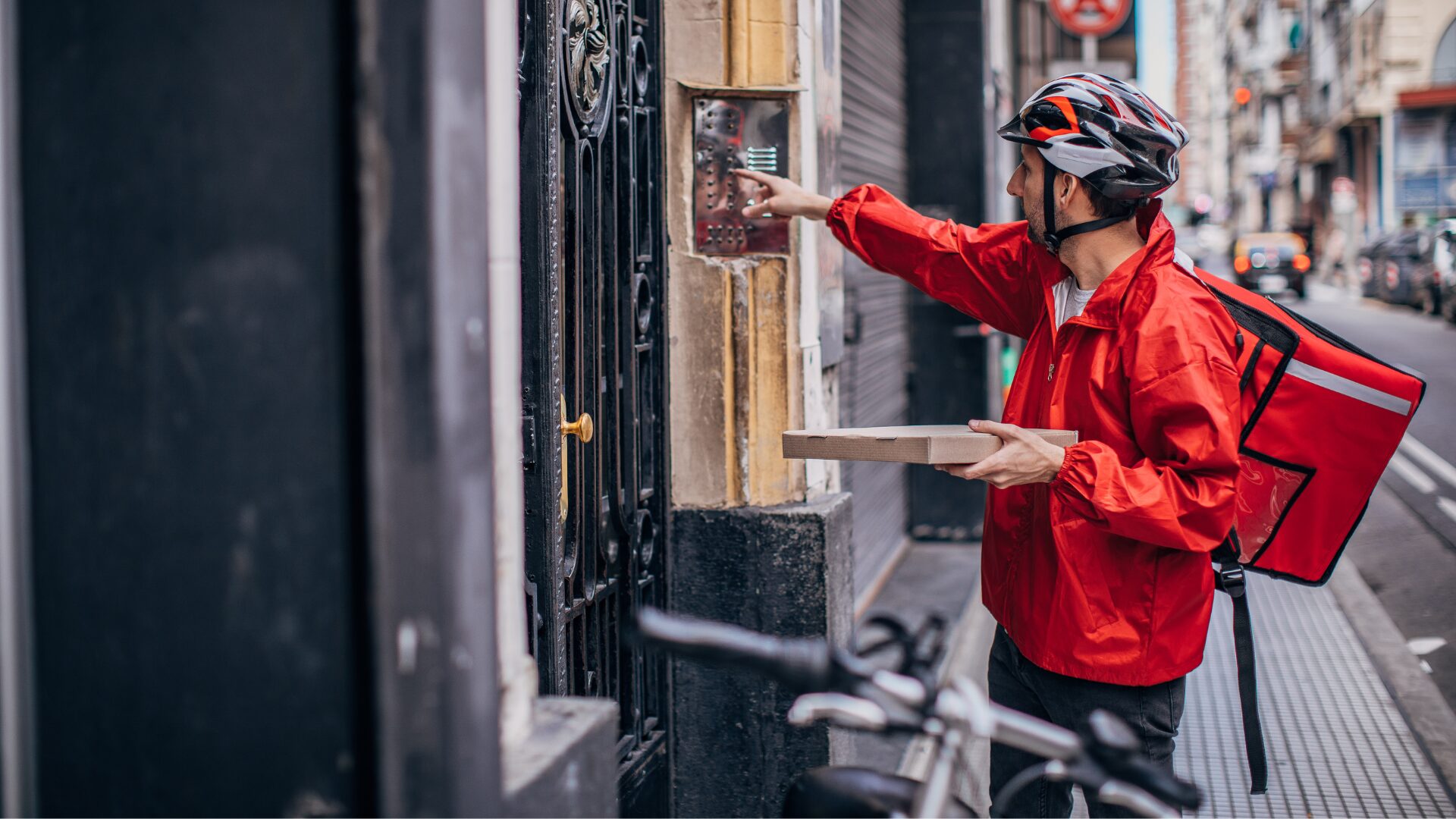Omnichannel grocery is here to stay, and while operating in multiple channels is lucrative — data from McKinsey shows that omnichannel customers shop 1.7 times more than single-channel shoppers — the associated challenges also grow. This is particularly important for grocers, who need to keep thousands or even tens of thousands of SKUs in order across multiple potential delivery points.
No one in the grocery space can afford to have out-of-stocks in this time of waning loyalty and price-conscious consumers, which makes inventory management technology key to successful store operations. One of the key solutions is RFID, which can help companies keep track of their inventory all the way down the supply chain and into the warehouse and store.
“Retailers need to have a single view of their inventory across channels and then that data has to be up-to-date and accurate,” said Greg Buzek, President of IHL Group. “RFID is the killer app for this for most products and this can be augmented by the use of computer-vision. Retailers who were already using RFID saw 83% higher sales growth and 80% higher profits in 2022 in our research.”
Buzek noted that RFID isn’t a silver-bullet solution, but the foundation for a broader inventory management strategy. RFID provides retailers with a single, accurate view of what they have and where they have it, which can be a jumping off point for demand forecasting, last mile optimization and other AI-powered tools that can offer real-time insights.
“Too often retailers have a preferred channel to ship, and then augment that channel with another one for the part of the order that the first channel does not have,” said Buzek. “But they never stop to ask if the extra channel could fulfill the entire order. For instance, your preference may be to ship from warehouse though one item is available in the store. Checking to see if the store can fulfill the entire order eliminates multiple shipping boxes and charges.”
Proper inventory management is still important for grocers with less robust omnichannel operations. Here the focus shifts over to the ordering side, where understanding what’s in stock can ensure that the right products are being delivered, rather than letting a shelf stay full of unsold goods after the wrong delivery was stocked.
“Grocers for years have had vendor-managed inventories and direct store delivery,” said Buzek. “However, the drivers are incentivized to get as much product on the shelf as they can, not necessarily the correct product according to the shelf-plan. So it calls for Diet Coke, but rows get filled with Coke because that is what the delivery driver has in the truck. For this reason retailers are moving to computer-aided ordering for all products in the store — even vendor managed. Understanding a nuance like that can be extremely helpful for profitability as the actual inventories can be off the shelf-plan by 20%.”












